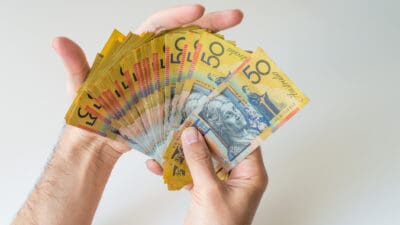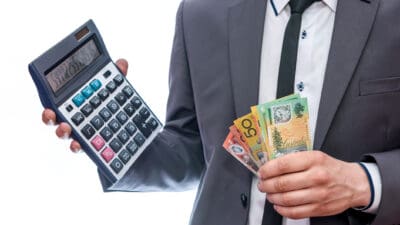Returns from investing in ASX shares typically come in two forms.
The first is the capital gains we all know and love. This one is pretty basic. If you buy a share and then sell it at a later date for a higher price than what you bought it for, you make a profit. This is where the old maxim 'buy low, sell high' comes from.
But, as most ASX investors would be aware, there is another way to make money with ASX shares – receiving dividends. A dividend is a cash payment made by companies to their investors.
On the ASX, dividend-paying shares tend to dole out said dividends every six months. But some ASX shares can pay dividends quarterly or even monthly.
Some investors think of dividends as just a payment on the side, made to reward investors for holding a company's shares. But dividends are far more important than that.
In fact, when it comes to the S&P/ASX 200 Index (ASX: XJO), a greater proportion of investors' overall returns have come from dividend income, as opposed to capital gains.
Treat your dividends well, and they will treat you
To illustrate, let's take one of the oldest ASX 200-tracking exchange-traded funds (ETFs) on the market.
The SPDR S&P/ASX 200 Fund (ASX: STW) has been listed on the ASX since August 2001. Over the 22 (and a bit) years that this ETF has been listed, it has averaged an annual return of 7.74% per annum after fees.
Of that 7.74%, only 3.05% per annum on average came from capital growth. The remaining 4.7% per annum came from dividend returns.
If an investor is to be successful at their craft, then treating these dividends properly is of paramount importance. When some investors receive income from shares, they might use it as an excuse to hit the town, have a nice meal, or buy a new outfit.
While our decisions are all our own, going down this path could cost you dearly. Compound interest relies on the consistent and never-ceasing reinvestment of all returns along the way.
If you aren't ploughing your dividends back into more and more shares, which will then pay out more and more dividends over time, your returns will be far worse.
How much worse?
Well, $10,000 invested at a rate of return of 7.74%, compounded semiannually, will turn into around $97,590 after 30 years.
But say you go out and blow your dividends every time you get paid. Then, you will only receive a rate of return of 3.05% per annum over these 30 years. That would leave you with just $24,796.
In George S. Classon's personal finance classic The Richest Man in Babylon, spending the cash returns of an investment is described in the following way:
You do eat the children of your savings. Then how do you expect them to work for you? And how can they have children that will also work for you?
Dividends beget more dividends. So don't kneecap your portfolio's returns by underappreciating this important source of wealth.









